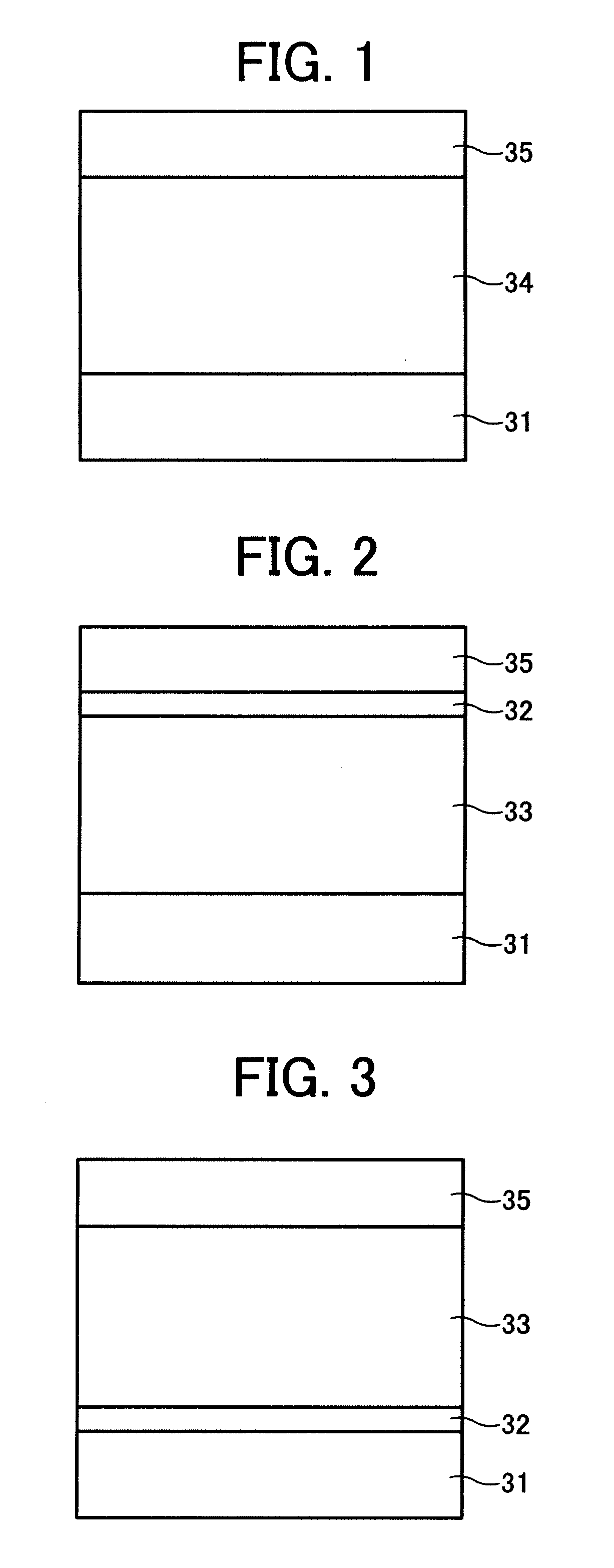Electrophotographic photoreceptor, and image forming apparatus and process cartridge using the same
a photoreceptor and electrophoresis technology, applied in electrophoresis, instruments, corona discharge, etc., can solve the problems of difficult to completely remove toner particles by brush cleaner, easy absorption or scratching of organic photoreceptors after long repeated use, and poor mechanical durability. , to achieve the effect of good combination of mechanical durability and oxidizing gas resistan
- Summary
- Abstract
- Description
- Claims
- Application Information
AI Technical Summary
Benefits of technology
Problems solved by technology
Method used
Image
Examples
example 1
[0230]On an aluminum cylinder having a diameter of 30 mm, an undercoat layer coating liquid, a charge generation layer coating liquid, a charge transport layer coating liquid having the following compositions were coated in this order, followed by drying. Thus, an undercoat layer having a thickness of 3.5 μm, a charge generation layer having a thickness of 0.2 μm, and a charge transport layer having a thickness of 18 μm were prepared.
Undercoat Layer Coating LiquidAlkyd resin 6 parts(BECKOSOL ® 1307-60-EL from DainipponInk and Chemicals, Incorporated)Melamine resin 4 parts(SUPER BECKAMINE ® G-821-60 fromDainippon Ink and Chemicals, Incorporated)Titanium oxide40 partsMethyl ethyl ketone50 parts
Charge Generation Layer Coating LiquidBisazo pigment having the following formula (i)2.5partsPolyvinyl butyral0.5parts(XYHL from UCC)Cyclohexanone200partsMethyl ethyl ketone80parts
Charge Transport Layer Coating LiquidBisphenol Z polycarbonate10parts(PANLITE ® TS-2050 from Teijin Chemicals Ltd.)L...
example 2
[0233]The procedure for preparation of the photoreceptor in Example 1 was repeated except that the radical polymerizable compound having no charge transport structure was replaced with a caprolactone modified dipentaerythritol hexaacrylate (KAYARAD DPCA-120 from Nippon Kayaku Co., Ltd.) having the following formula (iv).
[0234]Thus, a photoreceptor (2) was prepared.
example 3
[0235]The procedure for preparation of the photoreceptor in Example 1 was repeated except that the radical polymerizable compound having no charge transport structure was replaced with a mixture in which the dipentaerythritol hexaacrylate (KAYARAD DPHA from Nippon Kayaku Co., Ltd.) having the formula (iii) and a trimethylolpropane triacrylate (TMPTA from Tokyo Chemical Industry Co., Ltd.) having the following formula (v) were mixed at a mixing ratio of 1 / 1 by weight.
[0236]Thus, a photoreceptor (3) was prepared.
PUM
| Property | Measurement | Unit |
|---|---|---|
| Thickness | aaaaa | aaaaa |
| Temperature | aaaaa | aaaaa |
| Fraction | aaaaa | aaaaa |
Abstract
Description
Claims
Application Information
 Login to View More
Login to View More - R&D
- Intellectual Property
- Life Sciences
- Materials
- Tech Scout
- Unparalleled Data Quality
- Higher Quality Content
- 60% Fewer Hallucinations
Browse by: Latest US Patents, China's latest patents, Technical Efficacy Thesaurus, Application Domain, Technology Topic, Popular Technical Reports.
© 2025 PatSnap. All rights reserved.Legal|Privacy policy|Modern Slavery Act Transparency Statement|Sitemap|About US| Contact US: help@patsnap.com



